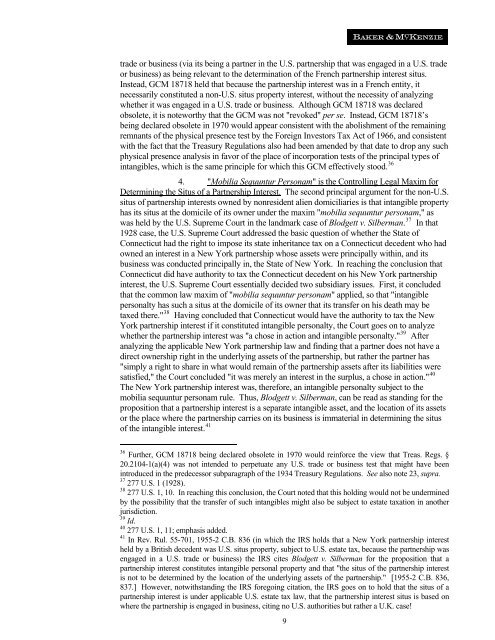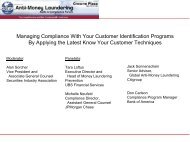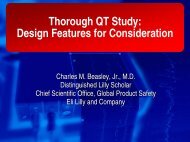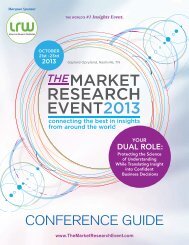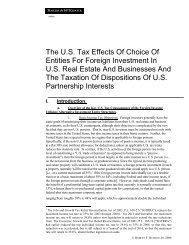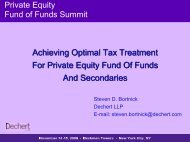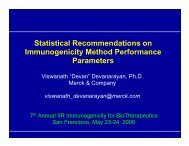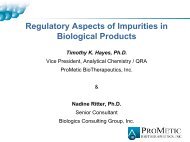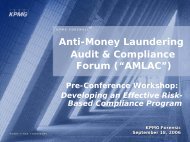The US Tax Effects Of Choice Of Entities For Foreign Investment - IIR
The US Tax Effects Of Choice Of Entities For Foreign Investment - IIR
The US Tax Effects Of Choice Of Entities For Foreign Investment - IIR
You also want an ePaper? Increase the reach of your titles
YUMPU automatically turns print PDFs into web optimized ePapers that Google loves.
trade or business (via its being a partner in the U.S. partnership that was engaged in a U.S. trade<br />
or business) as being relevant to the determination of the French partnership interest situs.<br />
Instead, GCM 18718 held that because the partnership interest was in a French entity, it<br />
necessarily constituted a non-U.S. situs property interest, without the necessity of analyzing<br />
whether it was engaged in a U.S. trade or business. Although GCM 18718 was declared<br />
obsolete, it is noteworthy that the GCM was not "revoked" per se. Instead, GCM 18718’s<br />
being declared obsolete in 1970 would appear consistent with the abolishment of the remaining<br />
remnants of the physical presence test by the <strong>For</strong>eign Investors <strong>Tax</strong> Act of 1966, and consistent<br />
with the fact that the Treasury Regulations also had been amended by that date to drop any such<br />
physical presence analysis in favor of the place of incorporation tests of the principal types of<br />
intangibles, which is the same principle for which this GCM effectively stood. 36<br />
4. "Mobilia Sequuntur Personam" is the Controlling Legal Maxim for<br />
Determining the Situs of a Partnership Interest. <strong>The</strong> second principal argument for the non-U.S.<br />
situs of partnership interests owned by nonresident alien domiciliaries is that intangible property<br />
has its situs at the domicile of its owner under the maxim "mobilia sequuntur personam," as<br />
was held by the U.S. Supreme Court in the landmark case of Blodgett v. Silberman. 37 In that<br />
1928 case, the U.S. Supreme Court addressed the basic question of whether the State of<br />
Connecticut had the right to impose its state inheritance tax on a Connecticut decedent who had<br />
owned an interest in a New York partnership whose assets were principally within, and its<br />
business was conducted principally in, the State of New York. In reaching the conclusion that<br />
Connecticut did have authority to tax the Connecticut decedent on his New York partnership<br />
interest, the U.S. Supreme Court essentially decided two subsidiary issues. First, it concluded<br />
that the common law maxim of "mobilia sequuntur personam" applied, so that "intangible<br />
personalty has such a situs at the domicile of its owner that its transfer on his death may be<br />
taxed there." 38 Having concluded that Connecticut would have the authority to tax the New<br />
York partnership interest if it constituted intangible personalty, the Court goes on to analyze<br />
whether the partnership interest was "a chose in action and intangible personalty." 39 After<br />
analyzing the applicable New York partnership law and finding that a partner does not have a<br />
direct ownership right in the underlying assets of the partnership, but rather the partner has<br />
"simply a right to share in what would remain of the partnership assets after its liabilities were<br />
satisfied," the Court concluded "it was merely an interest in the surplus, a chose in action." 40<br />
<strong>The</strong> New York partnership interest was, therefore, an intangible personalty subject to the<br />
mobilia sequuntur personam rule. Thus, Blodgett v. Silberman, can be read as standing for the<br />
proposition that a partnership interest is a separate intangible asset, and the location of its assets<br />
or the place where the partnership carries on its business is immaterial in determining the situs<br />
of the intangible interest. 41<br />
36 Further, GCM 18718 being declared obsolete in 1970 would reinforce the view that Treas. Regs. §<br />
20.2104-1(a)(4) was not intended to perpetuate any U.S. trade or business test that might have been<br />
introduced in the predecessor subparagraph of the 1934 Treasury Regulations. See also note 23, supra.<br />
37 277 U.S. 1 (1928).<br />
38 277 U.S. 1, 10. In reaching this conclusion, the Court noted that this holding would not be undermined<br />
by the possibility that the transfer of such intangibles might also be subject to estate taxation in another<br />
jurisdiction.<br />
39 Id.<br />
40 277 U.S. 1, 11; emphasis added.<br />
41 In Rev. Rul. 55-701, 1955-2 C.B. 836 (in which the IRS holds that a New York partnership interest<br />
held by a British decedent was U.S. situs property, subject to U.S. estate tax, because the partnership was<br />
engaged in a U.S. trade or business) the IRS cites Blodgett v. Silberman for the proposition that a<br />
partnership interest constitutes intangible personal property and that "the situs of the partnership interest<br />
is not to be determined by the location of the underlying assets of the partnership." [1955-2 C.B. 836,<br />
837.] However, notwithstanding the IRS foregoing citation, the IRS goes on to hold that the situs of a<br />
partnership interest is under applicable U.S. estate tax law, that the partnership interest situs is based on<br />
where the partnership is engaged in business, citing no U.S. authorities but rather a U.K. case!<br />
9


